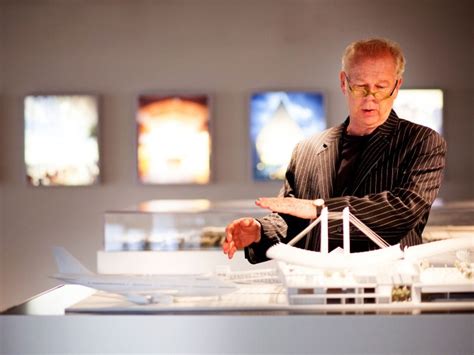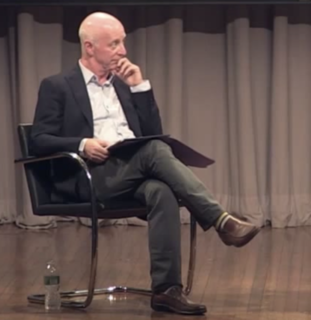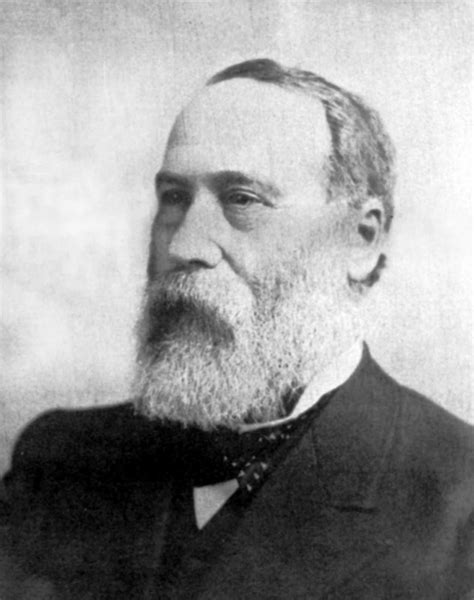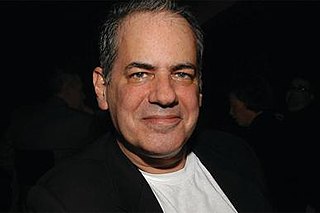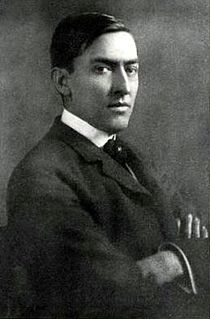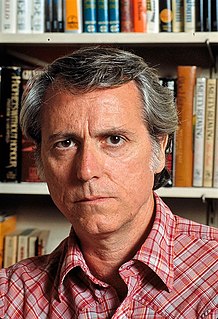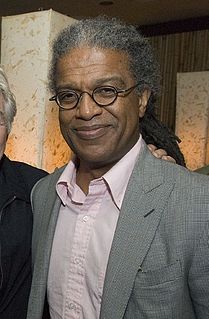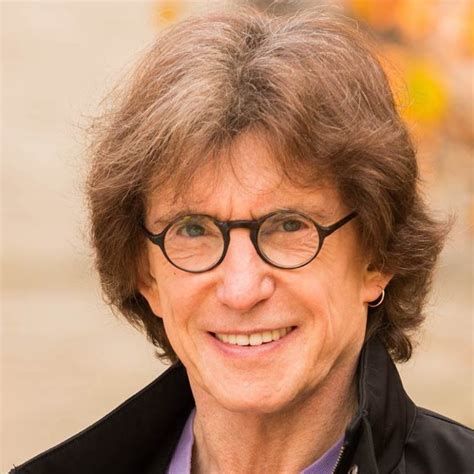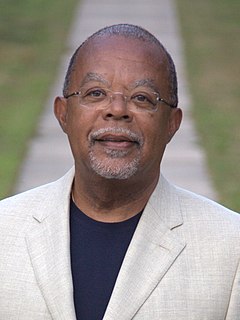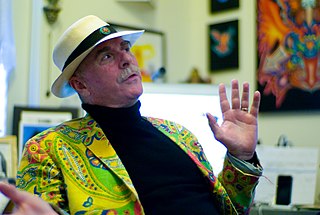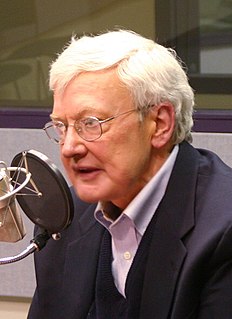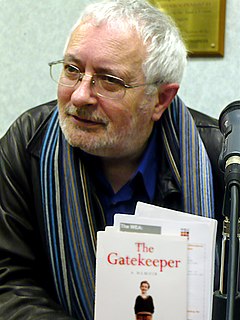A Quote by Ada Louise Huxtable
The skyscraper and the twentieth century are synonymous; the tall building is the landmark of our age. ... Shaper of cities and fortunes, it is the dream, past and present, acknowledged or unacknowledged, of almost every architect.
Related Quotes
The tall building, concentrating man in one place more densely than ever before, similarly concentrates the dilemma of our public architecture at the end of the twentieth century: whether the new forms made possible by technology are doomed by the low calculations of modern patrons and their architects.
A building does not have to be an important work of architecture to become a first-rate landmark. Landmarks are not created by architects. They are fashioned by those who encounter them after they are built. The essential feature of a landmark is not its design, but the place it holds in a city's memory. Compared to the place it occupies in social history, a landmark's artistic qualities are incidental.
Film is more than the twentieth-century art. It's another part of the twentieth-century mind. It's the world seen from inside. We've come to a certain point in the history of film. If a thing can be filmed, the film is implied in the thing itself. This is where we are. The twentieth century is on film. You have to ask yourself if there's anything about us more important than the fact that we're constantly on film, constantly watching ourselves.
To be an architect has been a life-long dream. Little did I know when asked at the age of 14 'what do you want to do when you grow up?' I said I wanted to be an architect. After 50 years I am still learning all what that means. Working together with so many people has been enormously gratifying. Being an architect means being a member of a fantastic team.


